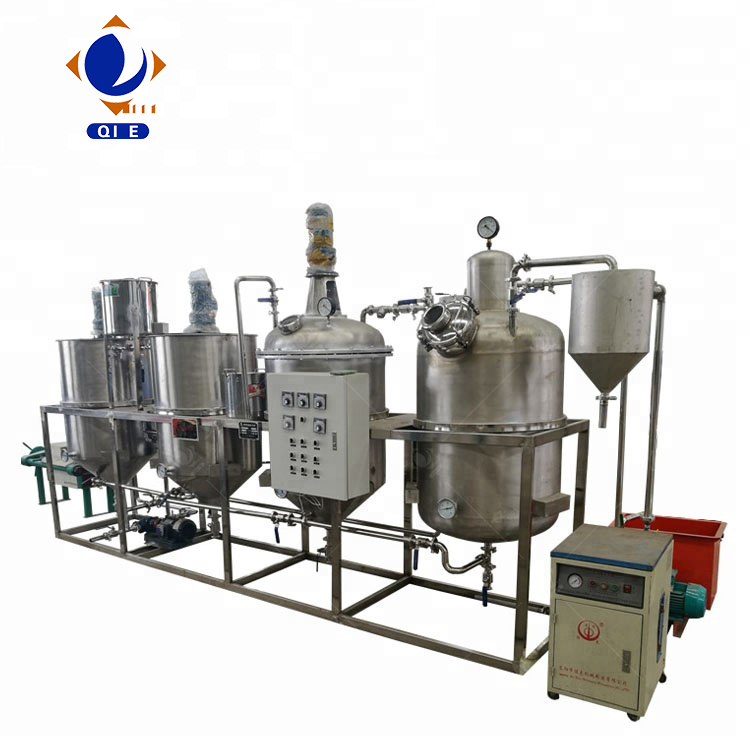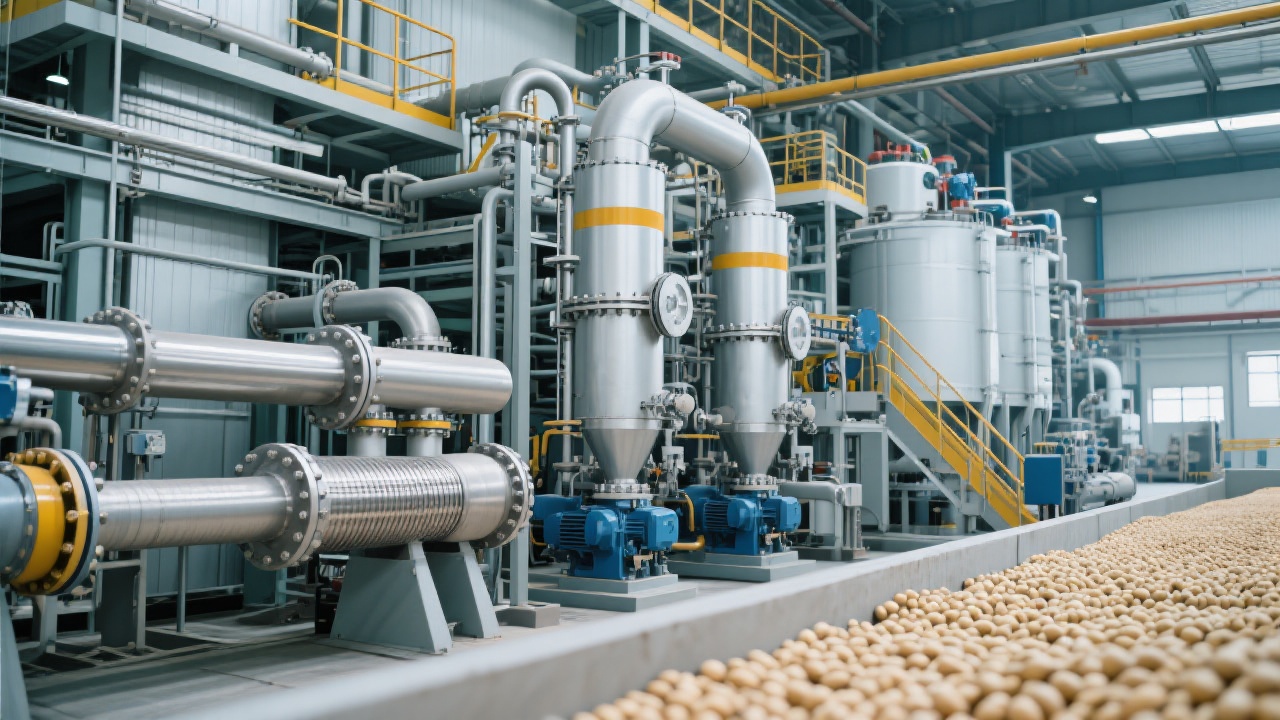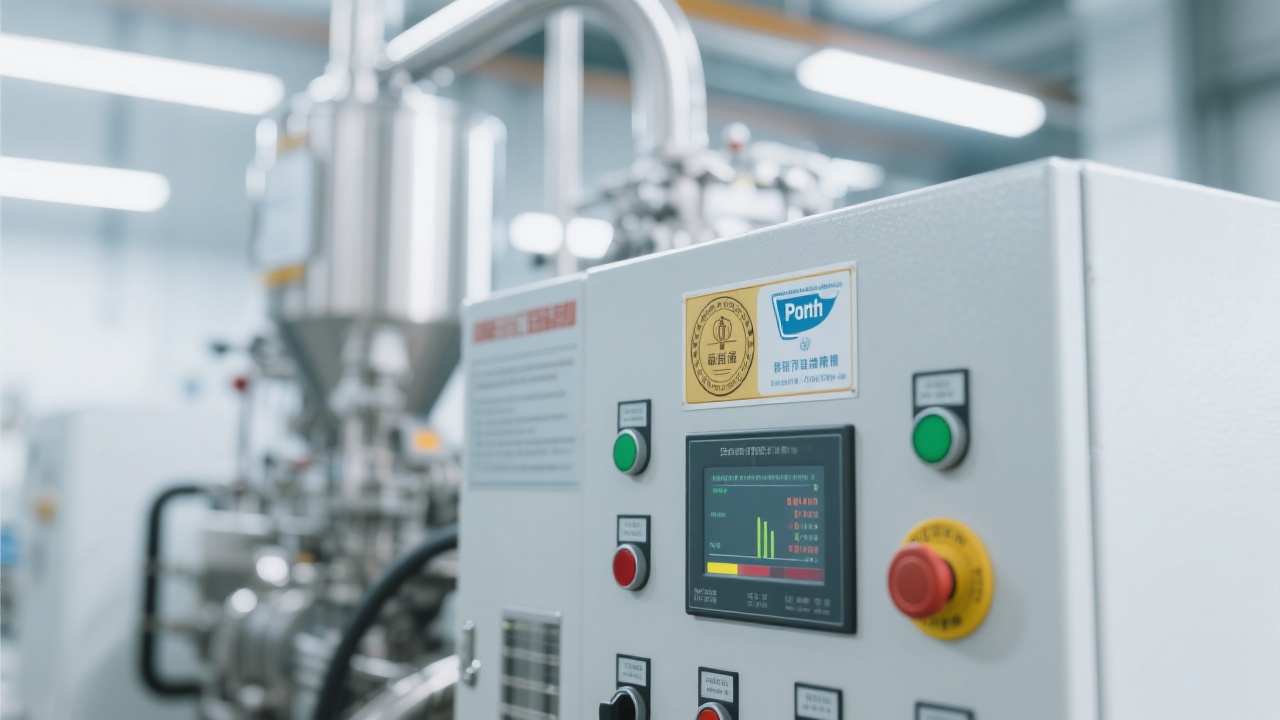
In the edible oil refining process, degumming is a crucial step that significantly impacts the quality and stability of the final product. However, different oilseeds require distinct degumming strategies due to their varying characteristics. This guide will take you through the core variables in the degumming process, providing practical insights and solutions to enhance your degumming efficiency and product quality.
The degumming process is influenced by several key factors, including water addition, temperature fluctuation, stirring intensity, and sedimentation time. For instance, the appropriate water addition can help hydrate the phospholipids in the oil, making them easier to separate. Generally, for high - phospholipid oils like sunflower oil, the water addition rate may range from 2% - 5% of the oil weight. Temperature also plays a vital role. A higher temperature can accelerate the reaction rate, but if it's too high, it may cause the decomposition of some components in the oil. Usually, the degumming temperature for most oils is between 50 - 70°C.

Stirring intensity affects the contact between water and oil, ensuring uniform hydration of phospholipids. An appropriate stirring speed might be around 100 - 200 rpm. Sedimentation time allows the hydrated phospholipids to settle at the bottom of the tank. Depending on the oil type and process conditions, the sedimentation time can range from 2 - 6 hours.
Let's take sunflower oil as an example. Due to its high phospholipid content, a more precise degumming strategy is required. You may need to use a combination of water degumming and acid degumming. First, add a small amount of water for pre - degumming to remove some of the easily hydratable phospholipids. Then, add phosphoric acid or citric acid to convert the non - hydratable phospholipids into hydratable ones, followed by another round of water addition and separation.
Here is a comparison table of key degumming parameters for different oils:
| Oil Type | Water Addition Rate (%) | Temperature (°C) | Stirring Speed (rpm) | Sedimentation Time (h) |
|---|---|---|---|---|
| Sunflower Oil | 2 - 5 | 50 - 70 | 100 - 200 | 2 - 6 |
| Soybean Oil | 1 - 3 | 60 - 80 | 80 - 150 | 3 - 5 |
Establishing a standardized SOP is essential to ensure the consistency of the degumming process and avoid human errors. An SOP should clearly define the steps, parameters, and responsibilities in the degumming process. For example, it should specify the exact amount of water and acid to add, the temperature and time settings for each step, and the inspection points during the process. By following the SOP, you can minimize the variability in the degumming process and improve the quality of the final product.

There are several common mistakes in the degumming process. One is misjudging the end - point of the degumming reaction. This can lead to either incomplete degumming or over - treatment, both of which can affect the quality of the oil. Another mistake is ignoring the characteristics of the raw materials. Different oilseeds have different phospholipid contents and compositions, so a one - size - fits - all approach will not work. Additionally, improper equipment selection can also cause problems. For example, if the mixing equipment is not efficient enough, it may result in uneven hydration of phospholipids.
Online detection technology, such as real - time conductivity monitoring, can greatly improve the controllability of the degumming process and the stability of product quality. Conductivity is closely related to the concentration of ions in the oil, which can reflect the degree of phospholipid removal. By continuously monitoring the conductivity, you can adjust the process parameters in real - time, ensuring that the degumming process is carried out under optimal conditions.

Beyond the degumming step, optimizing the entire refining process is crucial. Penguin Group offers professional equipment and technical support to help you achieve better results. From oilseed pretreatment to final product packaging, we can provide comprehensive solutions tailored to your specific needs. Our advanced equipment and innovative technologies can help you improve efficiency, reduce costs, and enhance product quality.
Ready to optimize your degumming process and improve your edible oil quality? Contact us now to get a free technical consultation and a专属 degumming optimization plan!



